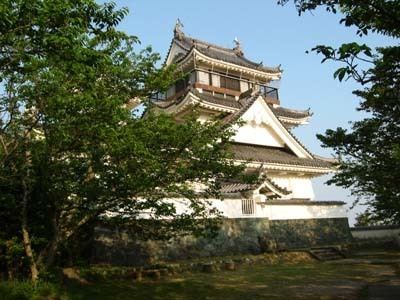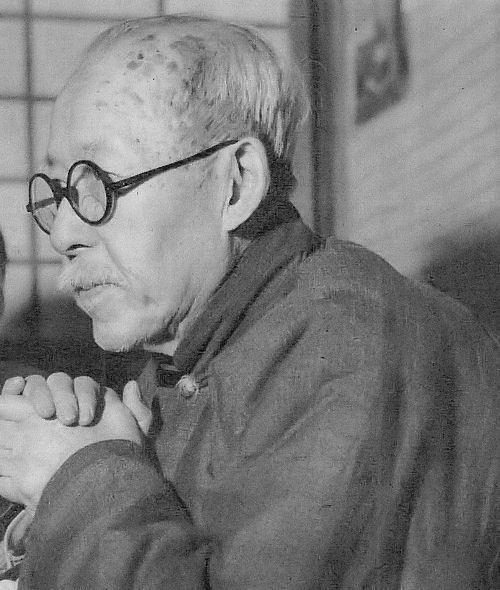Name Torii Ryuzo First ascents Yushan | Role Anthropologist | |
 | ||
Died January 14, 1953, Tokyo, Japan Books Ancient Japan in the light of anthropology | ||
Ryuzo Torii (鳥居龍藏; May 4, 1870 – January 14, 1953) was a Japanese anthropologist, ethnologist, archaeologist and folklorist. He was known for his anthropological research in China, Taiwan, Korea, Russia, etc. His research took him all over East Asia and also into South America.
Contents
Life

He was born in Tokushima (徳島) Prefecture (at Funaba Street (船場町), which is a part of Shikoku (四国)), in a rich merchant family. From an early age, he was a passionate collector of artifacts of all kinds, and without interest in school studies. He eventually stopped going to school. Fortunately, he finished his school studies in a short term, under a nice teacher who appreciated him and tried to support him in his studies according to his interests. So he could study in a very efficient way to approach his own destination: anthropology. At the same time he started to learn histories of his home town Tokushima and also Shikoku, and researched around these places. At the time, he began to write articles on anthropology (in his teen years). His articles were greatly appreciated by Professor Shogoro Tsuboi (坪井正五郎) of Tokyo Imperial University (Tokyo University now). Tsuboi is the pioneer of Japanese anthropology. He took an interest in the young Torii, and hurried to Tokushima, to advise Torii to pursue fundamental knowledge in anthropology at Tokyo Imperial University. Torii consequently moved to Tokyo when he was 20 years old.
He used eight different languages in his studies, and he also could use Ainu language. His article "Ainu people in Chishima Island", written in French, is a landmark work in Ainu studies. In Europe and America, it is important to this day for people who study in Ainu. In this article, one can feel the deep sympathy of Torii towards the Ainu.
Field-work
Ryuzo Torii spent almost all of his life in anthropology field-work (research). He insisted that "Studies should not be done only in the study room. Anthropology is in the fields and mountains." He insisted that anthropological theories should be backed by strong empirical evidence.
Torii always tried to use the newest technology in his research. He first made use of a camera while conducting field-work in Northeastern China when he was 25. In 1900, Torii was assisted in his research by interpreter Ushinosuke Mori. Described as “a pioneer in the use of the camera in anthropological field-work”, Torii inspired other researchers, including Mori, to make use of photographs in their anthropological studies.
Torii began to use record in anthropology research in domestic research at Okinawa Prefecture.
Domestic Researches in Japan and Torii-style
Torii is famous for research performed outside of Japan. But Torii started his anthropology research in Japan during his teen years, from his hometown to almost everywhere in Japan. During his time working at Tokyo Imperial University, he also researched around Japan, invited by prefectures, villages, streets etc. Torii was always glad to receive invitations and traveled to the places in question; after researching, he would always hold an exhibition, lecturing and showing things from the research. This is the Torii style: research, exhibition, lecture. His domestic researches took him all over Japan, from Hokkaido to Okinawa.
Research abroad
Tn 1895, Torii was sent by Tokyo Imperial University to Northeast China at Riao-dong Peninsula for anthropology research. This was Torii's first overseas research. In 1896, the University sent Torii to Taiwan. He began to use a camera in this research. Torii is the first person to use a camera in anthropology research.
Some have argued the relationship between Torii's anthropology studies and Japanese imperialism. In the wake of Yoshino Sakuzō's criticism of Japan's Imperial ambitions in Korea, Torii lined himself up with those who justified Japanese annexation on the grounds that the contemporary consensus worldwide in linguistics, anthropology, and archaeology was that the Korean and Japanese people were one and the same 'race/people' (dōminzoku)
